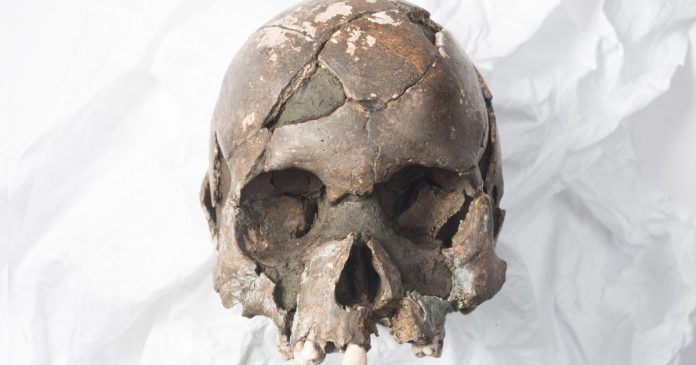Довге і здорове життя — це мета багатьох людей, яка приваблює дослідників з усього світу. Аналіз способу життя як столітніх людей, так і тварин-довгожителів відкриває унікальні секрети, що можуть допомогти розкрити механізми тривалого існування.
Деякі тварини демонструють феноменальну тривалість життя: Павук-трупоїд прожив 43 роки, залишаючись у межах однієї нори та харчуючись дрібними комахами. Гренландська акула, найдовгоживуча хребетна, досягає віку понад 500 років завдяки неквапливому обміну речовин та життя в прохолодних водах Північного Льодовитого океану. Обидва приклади вказують на ключові фактори довголіття: стабільність середовища, збереження енергії та поміркованість у поведінці.
Дослідження регіонів, відомих як “блакитні зони” (Окінава в Японії, Сардинія в Італії та інші), демонструють спільні риси способу життя людей, які доживають до 100 років і більше: Основа харчування — овочі, фрукти, бобові та злаки, з мінімальним вживанням оброблених продуктів. Рух у щоденному житті, інтегрований у повсякденну рутину. Міцні сімейні та громадські відносини. Практики релаксації, медитація та регулярний відпочинок. Філософії на кшталт японської “ікігай” (сенс життя) підтримують душевну рівновагу.
Учені досліджують, як зменшення калорійності раціону без недоїдання впливає на тривалість життя. Експерименти показали, що така стратегія уповільнює старіння у дріжджів, мишей і приматів. Ключовими є й інші аспекти: Чисте повітря, доступ до природи та умови для руху. Регулярність і помірність у харчуванні та способі життя.
Поєднання здорових звичок, стабільного середовища та усвідомленого підходу до життя є універсальним рецептом довголіття. Спостереження за тваринами-довгожителями і людьми з “блакитних зон” допомагає зрозуміти, як стійкість, поміркованість і душевний спокій сприяють не лише довгому, а й якісному життю.


